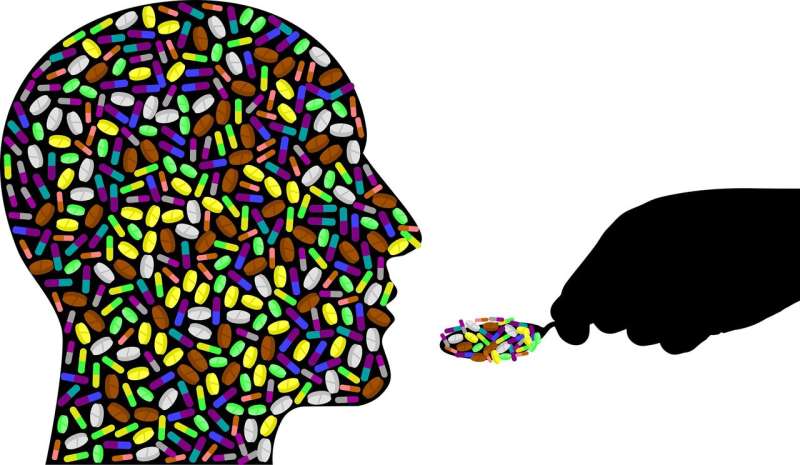
Non-Hispanic Black individuals in four U.S. states experienced a 38% increase in the rate of opioid overdose deaths from 2018 to 2019, while the rates for other race and ethnicity groups held steady or decreased, according to a new study by the National Institutes of Health published in the American Journal of Public Health. These alarming data are in line with other research documenting a widening of disparities in overdose deaths in Black communities in recent years, largely driven by heroin and illicit fentanyl. The research emphasizes the need for equitable, data-driven, community-based interventions that address these disparities.
The research was conducted as part of the HEALing Communities Study, which aims to significantly reduce opioid-related overdose deaths by helping communities implement evidence-based practices to treat opioid use disorder and reduce other harms associated with opioid use in New York, Massachusetts, Kentucky, and Ohio. It is the largest addiction implementation study ever conducted and is administered in partnership by NIH’s National Institute on Drug Abuse (NIDA) and the Substance Abuse and Mental Health Services Administration through the Helping to End Addiction Long-term Initiative, or NIH HEAL Initiative.
“We must explicitly examine and address how structural racism affects health and leads to drug use and overdose deaths,” said NIDA Director Nora D. Volkow, M.D. “Systemic racism fuels the opioid crisis, just as it contributes mightily to other areas of health disparities and inequity, especially for Black people. We must ensure that evidence-based interventions, tailored to communities, are able to cut through the economic and social factors that drive disparities in substance use and addiction, to reach all people in need of services.”
For this study, data were collected from death certificates for 2018 and 2019 across 67 communities with a total population of more than 8.3 million people in the four states participating in the HEALing Communities Study. The researchers calculated rates and trends of opioid overdose deaths overall and for each state, and then further analyzed trends by race and ethnicity (non-Hispanic White, non-Hispanic Black, Hispanic, other). Overall, the investigators observed no change in the opioid overdose death rate in these states from 2018 (38.3 deaths per 100,000 people) to 2019 (39.5 deaths per 100,000 people).
However, the researchers observed a 38% overall increase in the opioid overdose death rate for non-Hispanic Black individuals from 2018 to 2019, across these four states. There were no changes overall among the other racial and ethnic groups. Trends varied at the state level and increases among non-Hispanic Black individuals were highest in Kentucky (a 46% increase) and Ohio (a 45% increase). The investigators did not observe a significant increase in Massachusetts among non-Hispanic Black individuals. While opioid overdose death rates were unchanged for non-Hispanic Black individuals in New York, there was an 18% decline among non-Hispanic white individuals, suggesting that non-Hispanic Black individuals have not benefitted equally from prevention and treatment efforts.
The study authors note that these data add to the evidence of increasing disparities in opioid overdose deaths by race and ethnicity, and highlight the importance of access to timely, local data to inform effective community-tailored strategies to reduce these deaths. Numerous evidence-based prevention and treatment interventions exist for addressing the opioid overdose crisis, overdose education and naloxone distribution, medications for opioid use disorder, behavioral therapies, and recovery support services. Unfortunately, these interventions have largely failed to gain widespread implementation in community settings including addiction treatment, general medical care, social support services, schools, and the justice system.
To address this challenge, the HEALing Communities Study is working with local, state, and federal partners to gain access to data on opioid-related overdose fatalities, treatment, and other related health concerns in a timelier fashion and include important demographic information including race and ethnicity. Early access to these data was instrumental in informing HEALing Communities Study intervention planning, including discussions ensuring evidence-based practices are equitably available to all racial and ethnic groups. For example, these data informed partnerships with Black community organizations to improve access to overdose education and naloxone distribution.
While the data presented here were critical in shaping public health response, the timeliness of data about drug use, addiction, and overdose is an ongoing challenge. National and state data are typically collected annually, access to the data is limited, and data may not be available for months. Health data related to race and ethnicity may be limited or completely unavailable, and mortality data are particularly lagged due to the time required for toxicology testing.
Source: Read Full Article
